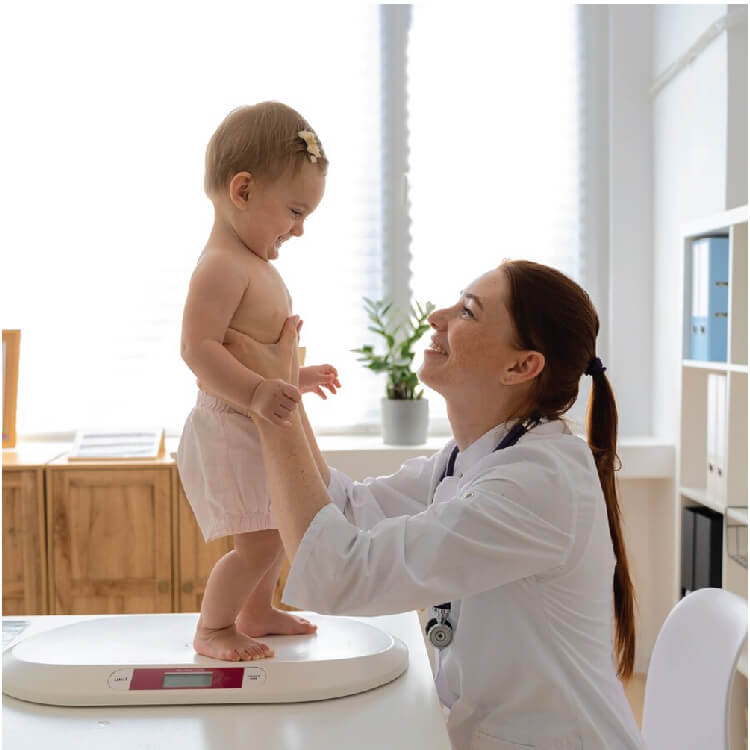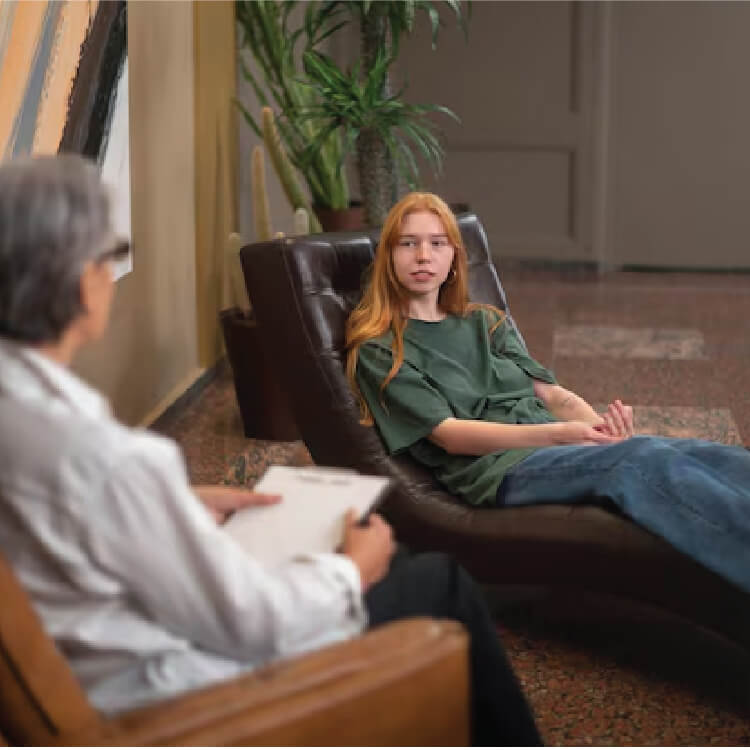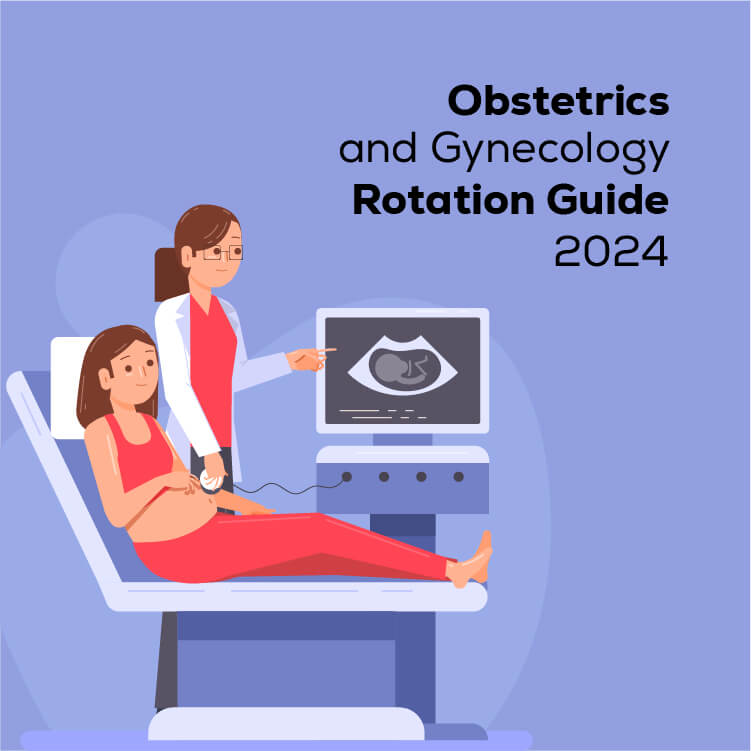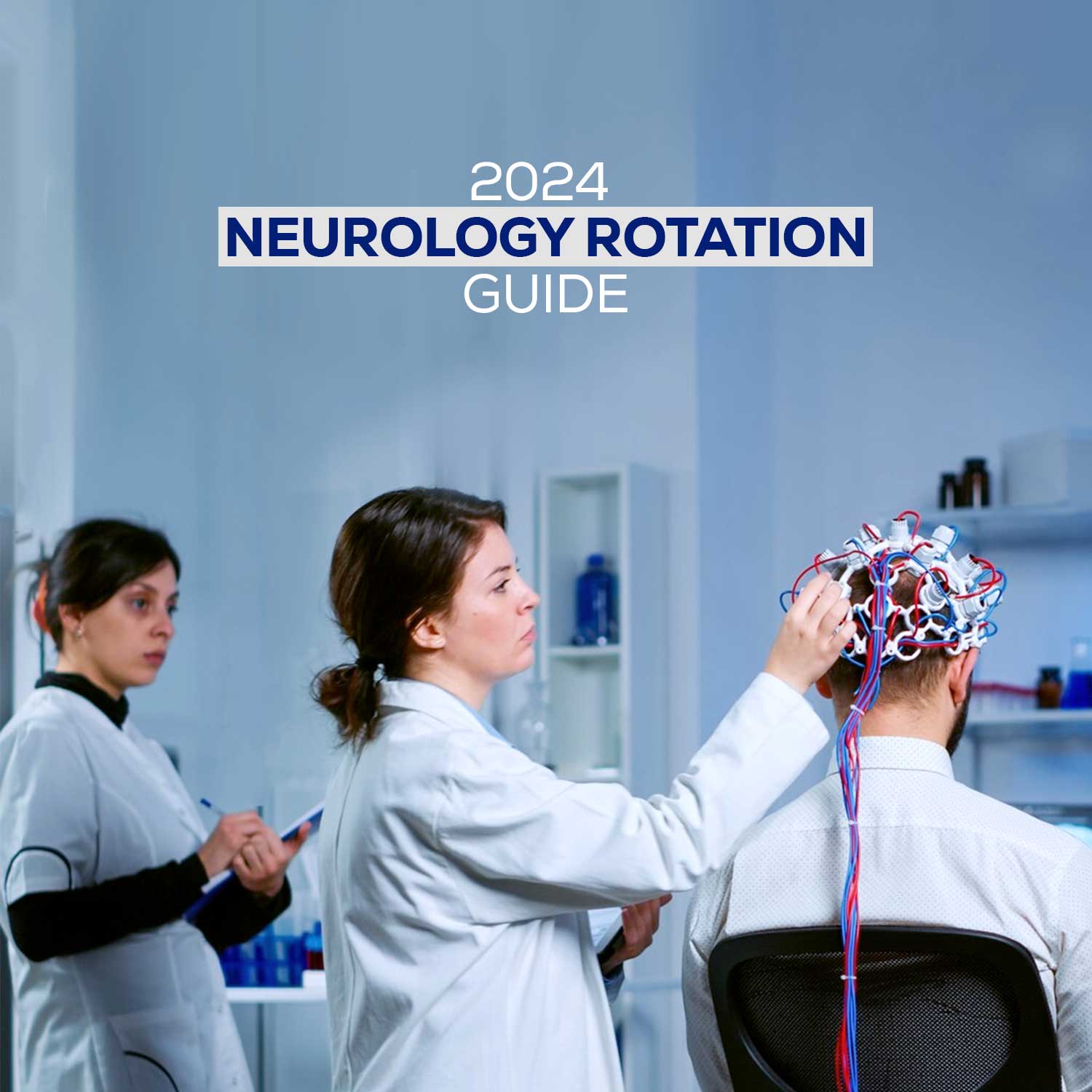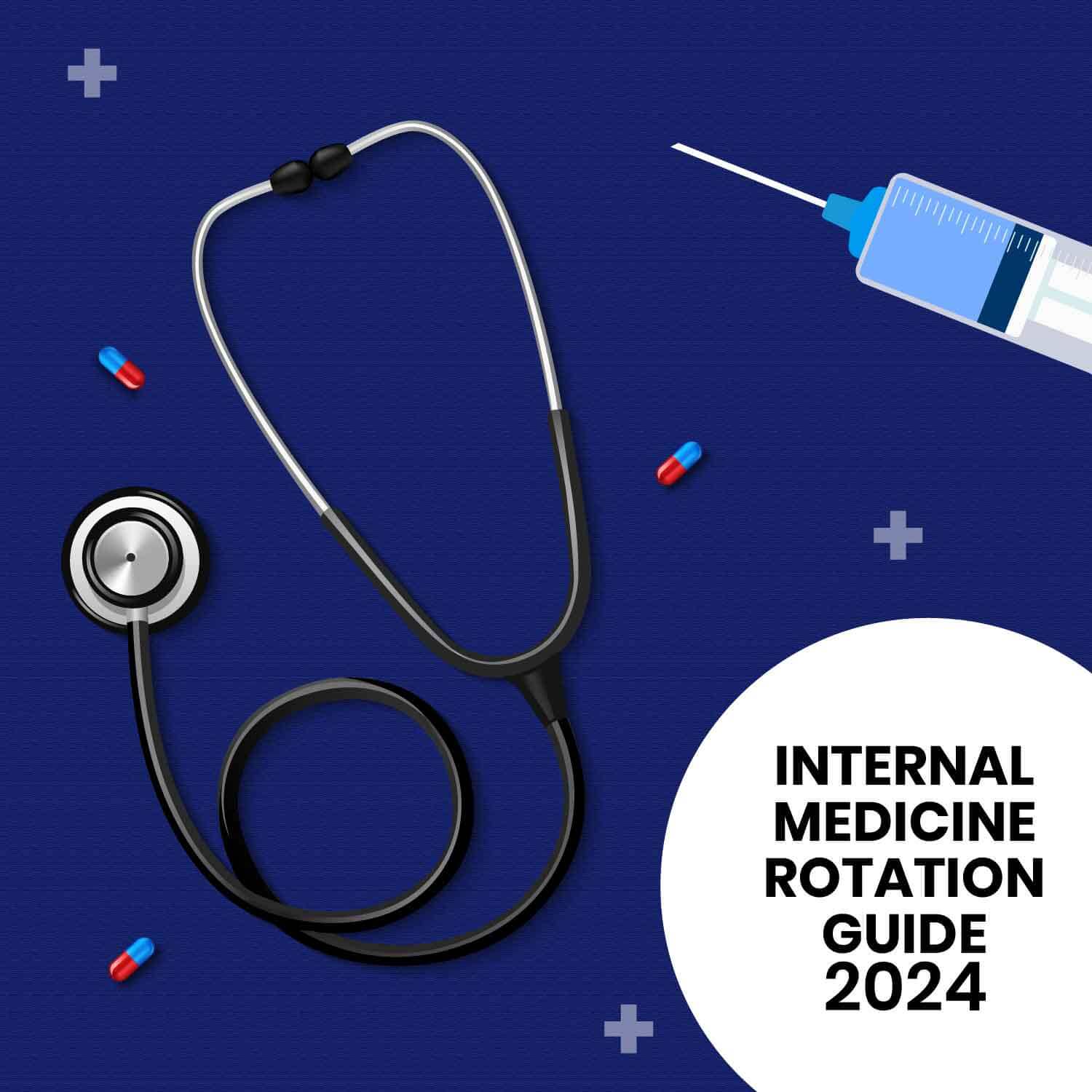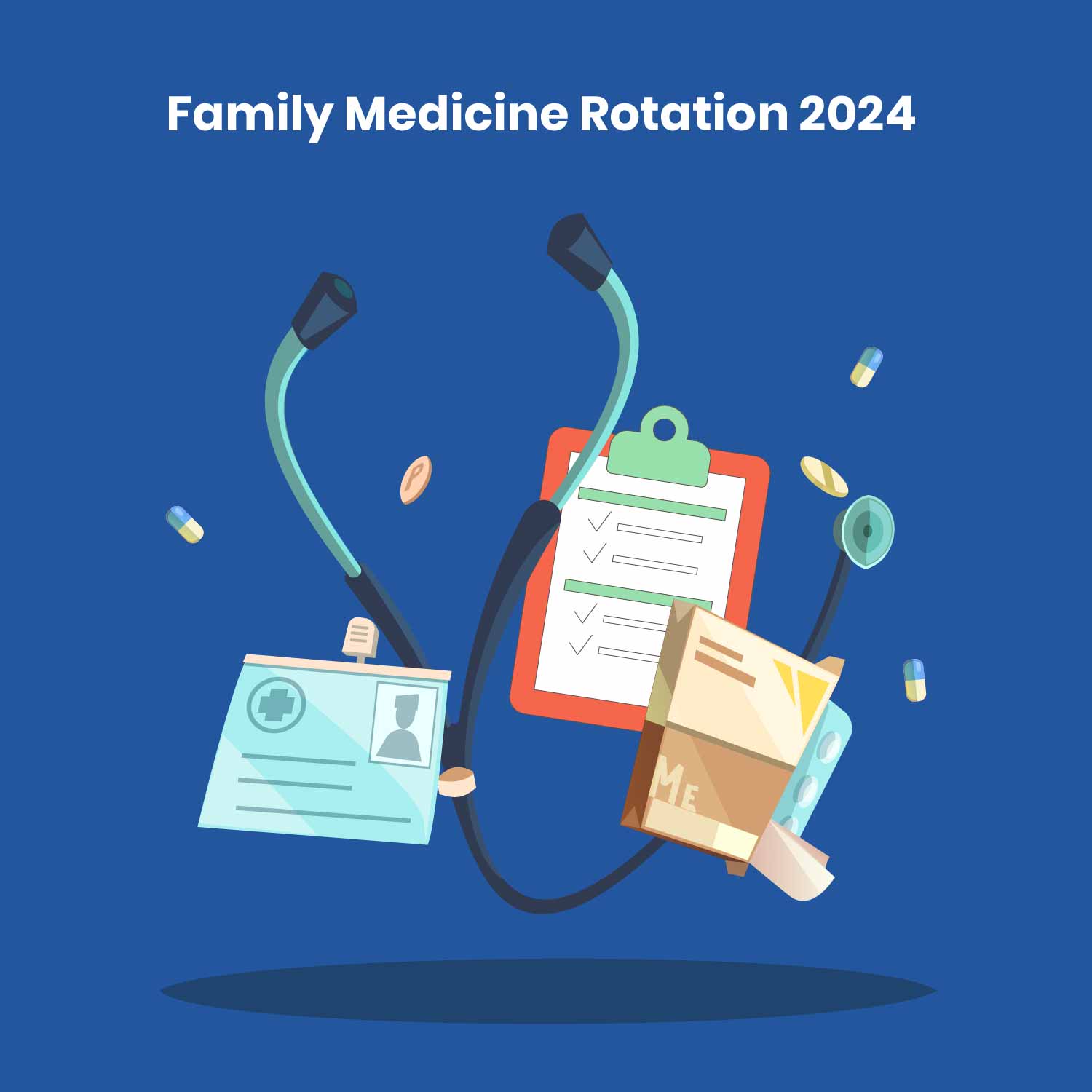
The USMLE step 2 CS is divided into three parts; an on-site orientation, the patient encounter, and finally, the USMLE step 2 CS patient note. After each patient interaction, you will have 10 minutes to fill out the various fields of the patient note on a computer. The patient note will contain some basic information about you and the encounter, such as your USMLE ID, badge ID, patient room number, and encounter number. Moreover, there will be a clock counting down from 10 minutes to let you know the amount of time left for you to document the patient encounter.
USDoctors.co has created this guide to help you understand the contents and characteristics of a good USMLE step 2 CS patient note. In addition to this, we’ve also included some step 2 CS patient note tips to help you perfect your writing technique. Let’s dive right in!
Different Fields of a USMLE Step 2 CS Patient Note
Immediately after each patient encounter in USMLE Step 2 CS, you will be asked to type a patient note on a computer that is similar to the medical record you would compose after seeing a patient in a clinic or hospital. A patient note has the following fields that need to be filled by you:
- History: This is the very first field on the step 2 CS patient note where you will be required to enter the history you took from the patient during the encounter. Character limit is 950 which means up to 15 lines.
- Physical Examination: You will have to enter any discoveries you made during the physical exam, that seem relevant to the patient’s concerns here. Character limit is the same as history.
- Diagnostic Reasoning: Following the physical examination field on the USMLE step 2 CS patient note, you will encounter this section where you must mention up to 3 diagnoses with supporting evidence (positive or negative), from your discoveries during the history or the physical exam performed on the patient. This field consists of the following sections:
- Diagnosis: This field has a 100 character limit and up to 3 rows are allowed.
- History Findings: The character limit is 100. However, up to 8 rows are allowed.
- Physical Exam Findings: The character limit remains the same. Like the previous field, up to 8 rows are allowed.
- Diagnostic Studies: This is the final field on the USMLE step 2 CS patient note in which you will have to write down a list of diagnostic studies or tests that would confirm your diagnosis. The character limit is 100 for each recommendation.
You can find some sample patient notes in the practice materials section on the USMLE website.
Features of a Good Step 2 CS Patient Note
Now that we’ve discussed exactly what to expect in a step 2 CS patient note, let’s discuss all the elements that make up a good patient note. Here are some of the best step 2 CS patient note tips:
- Make sure you write the most likely diagnosis, based on your assessment of the patient, before any other.
- Use precise medical terminology and appropriate abbreviations when you write down your examination findings and supporting arguments; a helpful list is available on page 13 of the USMLE step 2 CS information manual.
- Add more than one differential diagnosis on the patient note; ideally, you should mention three, as these are crucial for the examiners when they are deciding your clinical reasoning grade.
- Add at least one, but ideally more than one element of supporting evidence from the history and physical exam to support each diagnosis that you list.
- Remember that any time you save on the 15 minutes assigned to you for the patient encounter, gets allocated to the 10 minutes allotted for the patient note.
- Write the note in a narrative format, even though the bullet list format is deemed appropriate by the NBME.
- Practice writing the patient note regularly during your USMLE step 2 CS practice as this ensures that you can produce a quality note within the 10-minute deadline.
Things to Avoid on the Step 2 CS Patient Note
Certain things lower your score and the quality of your step 2 CS patient note, here is a list of what you need to avoid when writing a patient note:
- Steer clear of imprecise or vague terminology and abbreviations on the patient note; it not only reflects a lack of knowledge on your part but the examiner will simply assume that you do not know them.
- Don’t order tests that are inappropriate or unrelated to the patient’s concerns; in the same way, make sure that you do not order an expensive test if a cheaper alternative would yield the same result.
- Don’t list diagnoses that are improbable in an attempt to show off and only list diagnoses that you can support from the patient history or physical exam; making up patient history or findings can negatively affect your grade!
- Avoid irregular behavior such as interacting with or giving counsel to the patient during the patient note, as this was meant to be done during the patient encounter. Similarly, don’t continue to write once the announcement to stop writing has been made!
- Do not admit, treat, or refer the patient as this is not a requirement of the step 2 CS patient note.
- Do not leave the ‘diagnostic studies’ section blank; if you deem no study to be required simply write ‘no studies required’.
Even though knowing how to write a good USMLE step 2 CS patient note is crucial, you must not forget that you are graded on three subcomponents and that passing the exam requires passing all three of them. Therefore, you must practice for all sub-components and not just the patient note! In this regard, you can find many helpful articles on all aspects of medical school on the USDoctors.co blog.
About Us
Clinical Rotations For Foreign Medical Students, Nurse Practitioners, Physician Assistants and Graduates.
USDoctors.co specializes in providing invaluable hands-on clinical rotations to both foreign medical students, nurse practitioners, physician assistants and graduates. Our clinical rotations are strictly set up to help you get the US clinical experience and letters of recommendation that will greatly increase your chances of US residency placement.

